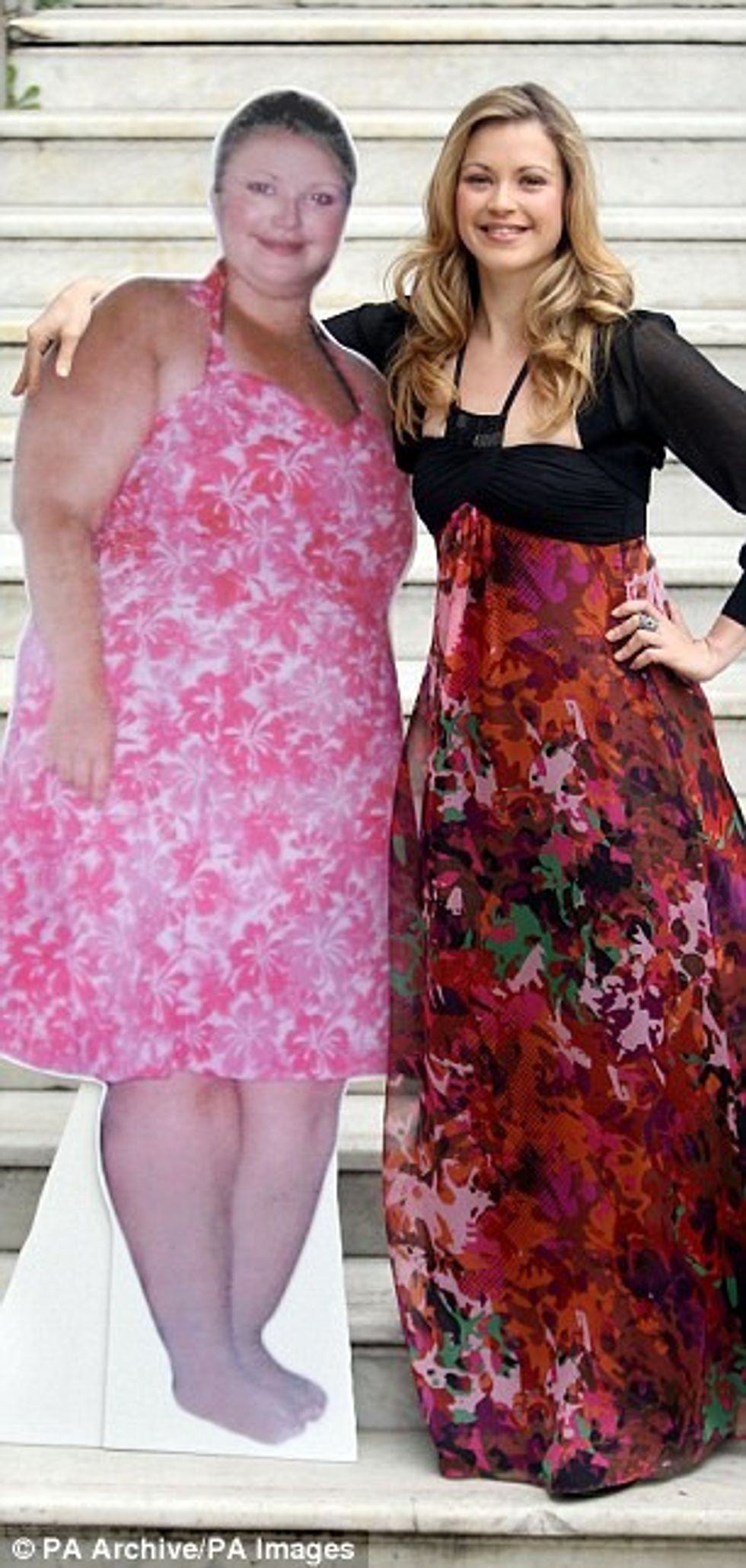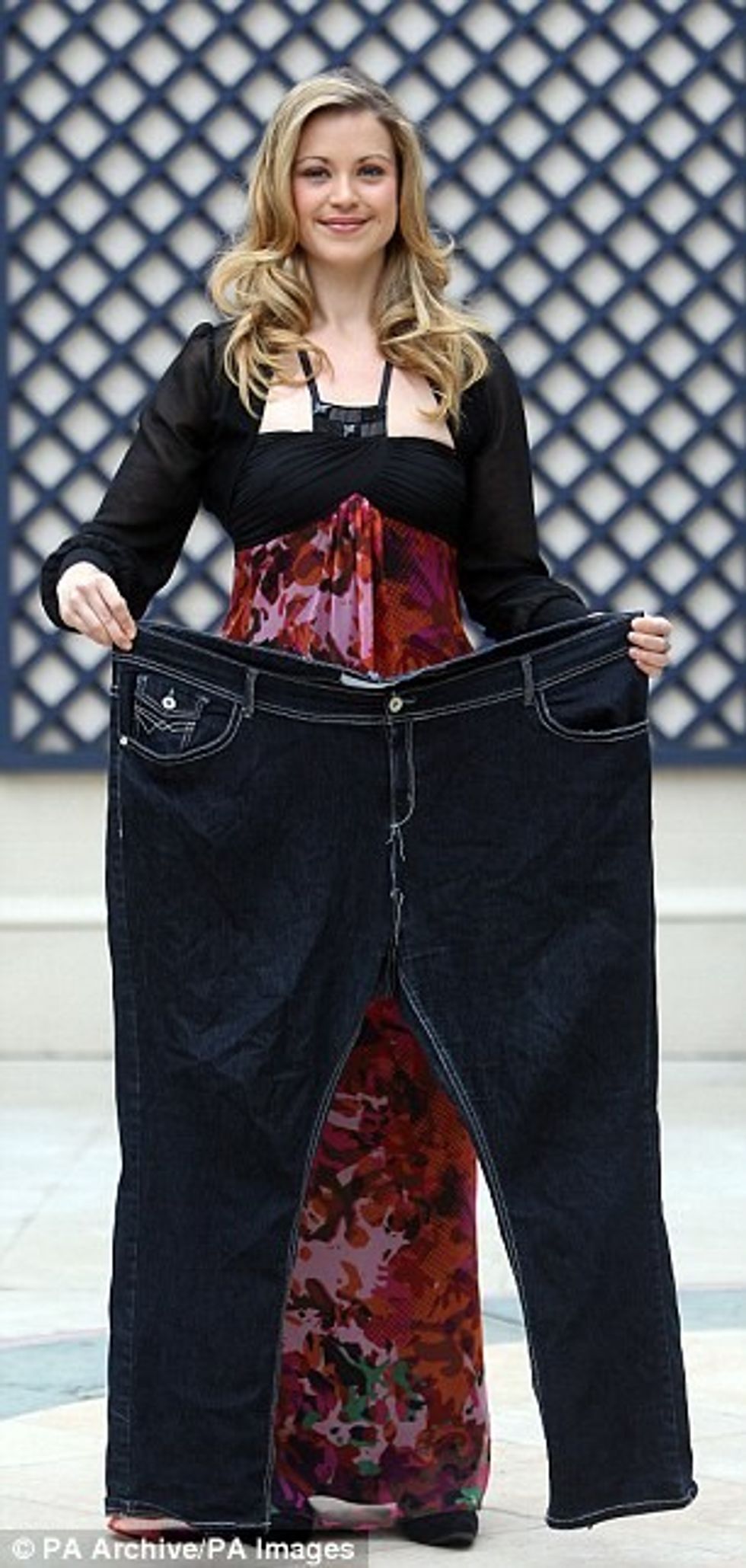- Seven years ago, Harriet Jenkins became Slimming World's Woman of the Year
- But just weeks after the competition ended, her weight started creeping back
- She's one of many 'Super Slimmers' to feature in a new Channel 4 documentary
- The show explores why such dramatic weight loss can be so difficult to maintain
Harriet Jenkins is watching an old video of herself from seven years ago. She's filmed standing on a stage, wearing a little black dress and pearls, with her blonde hair swept glamorously back.
https://variety.com/2017/digital/news/watch-super-bowl-ads-commercials-online-1201979015/
Her name is called and she clasps her hand to her mouth in disbelief as the crowd bursts into applause.
It might have been the Oscars, given her reaction — and she looks every inch the star. At that moment she was. Harriet, a teacher from Southampton, had become a celebrity of the dieting world: Slimming World's Woman of the Year.
Harriet, who's 5 ft 8 in, once weighed 26 st, but she lost 15 st in 15 months, going from size 30 to a size ten.














